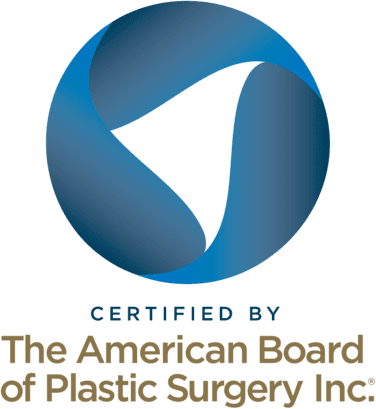Bruising, Swelling and Scars After Top Surgery
Chest reconstruction top surgery recovery process takes time and care. In this article, we provide a timeline and a couple of ways to reduce post top surgery bruising and swelling including diet, physical activity, and medications. We also discuss when you can expect to see the final outcome of your procedure depending on the type of top surgery you pursued. Finally, we cover the evolution of your top surgery scar(s) to guide your expectations during your recovery.
Understandably, most patients are anxious to see the final outcome of their procedure. By closely following your post-surgical instructions, you may be able to speed up the recovery process, but you won’t be able to completely avoid the post-surgery discomfort, bruising and swelling. Most top surgery patients can get back to light activities at 3 weeks post op and more rigorous physical activities at around 6 weeks post-op. Still, it is important to remember that you will continue to heal and that the appearance of your chest can shift for several months after surgery as swelling goes down. It is important to be patient with the healing process as post patients will not be able to see their final results until 12 months post-op.
Bruising and Swelling During Surgery Recovery
Post-surgical bruising and swelling are a normal part of the recovery process. Bruising and swelling can make it difficult to visualize what your chest will look like once it is fully healed. Swelling and bruising usually peak within 48 hours of surgery and bruising will remain for at least an additional 2 to 3 weeks. In some cases, it can take up to six months for all swelling to have completely resolved.
There are several ways to reduce the effects of bruising and swelling. Your surgeon will provide you with a special compression garment which should be worn at all times during recovery – up to 6 weeks, depending on your surgeon’s recommendations.
Other ways to reduce post-surgical bruising and swelling include:
- Drink plenty of fluids to stay hydrated
- Eat foods low in sodium
- Get plenty of rest and gradually ease into daily physical activities
- Avoid medications that may interfere with the recovery process. You should let your surgeon know about any medications or supplements you are taking when you have your consultation.
Chest Reconstruction Top Surgery Final Outcome
The final outcome of your chest reconstruction top surgery will greatly depend on the techniques used during your procedure. For example, the keyhole technique removes less tissue and no skin from the chest, which can make the final outcome less predictable. In this case, your final chest contour may not be visible for several months.
In contrast, the double incision method removes more skin and tissue, and also allows your surgeon to resize and reposition your nipples, thus giving the surgeon more control over the final appearance. The outcome from the double incision method will be more readily visible immediately after surgery, but it will still be another several months before the final outcomes are apparent due to swelling.
Permanent Scarring
Scars are areas of fibrous tissue that replace healthy skin following trauma to the skin. Common causes for scars include wounds, acne, burns, and surgery. Scar formation is a normal part of the healing process, but how your body responds to injury depends on several factors such as age, genetics, location on the body and skin color.
Your scars will look most prominent in the six weeks immediately following your procedure, appearing raised and dark against the rest of your skin. They will gradually fade and flatten over time. The final appearance of your scars may not be apparent for 12-18 months. For information on how to accelerate scar healing and how to treat scarring complications such as hypopigmentation, hypertrophic or keloid scars, click here.
The size and shape of your scars will depend on the techniques used during your chest surgery as well as your body’s natural inclination towards scarring. Your surgeon will discuss scar placement with you during your consultation.
Expectations and Satisfaction
Chest reconstruction top surgery can greatly improve quality of life for people who undergo it. As long as you collaborate with your surgeon about realistic expectations and are adequately informed, you will likely be happy with your final outcome!
Identifying & Treating Keloid & Hypertrophic Scars
In this informational video, Dr. Alexander Facque (he/him) explains the difference between keloid and hypertrophic scars as well as how they can be treated.
Request a Free Surgical Consultation Today.
All virtual and in-person consultations with our board-certified surgeons are free. Once you fill out this form, our patient care team will reach out and guide you through every step to get to surgery.




